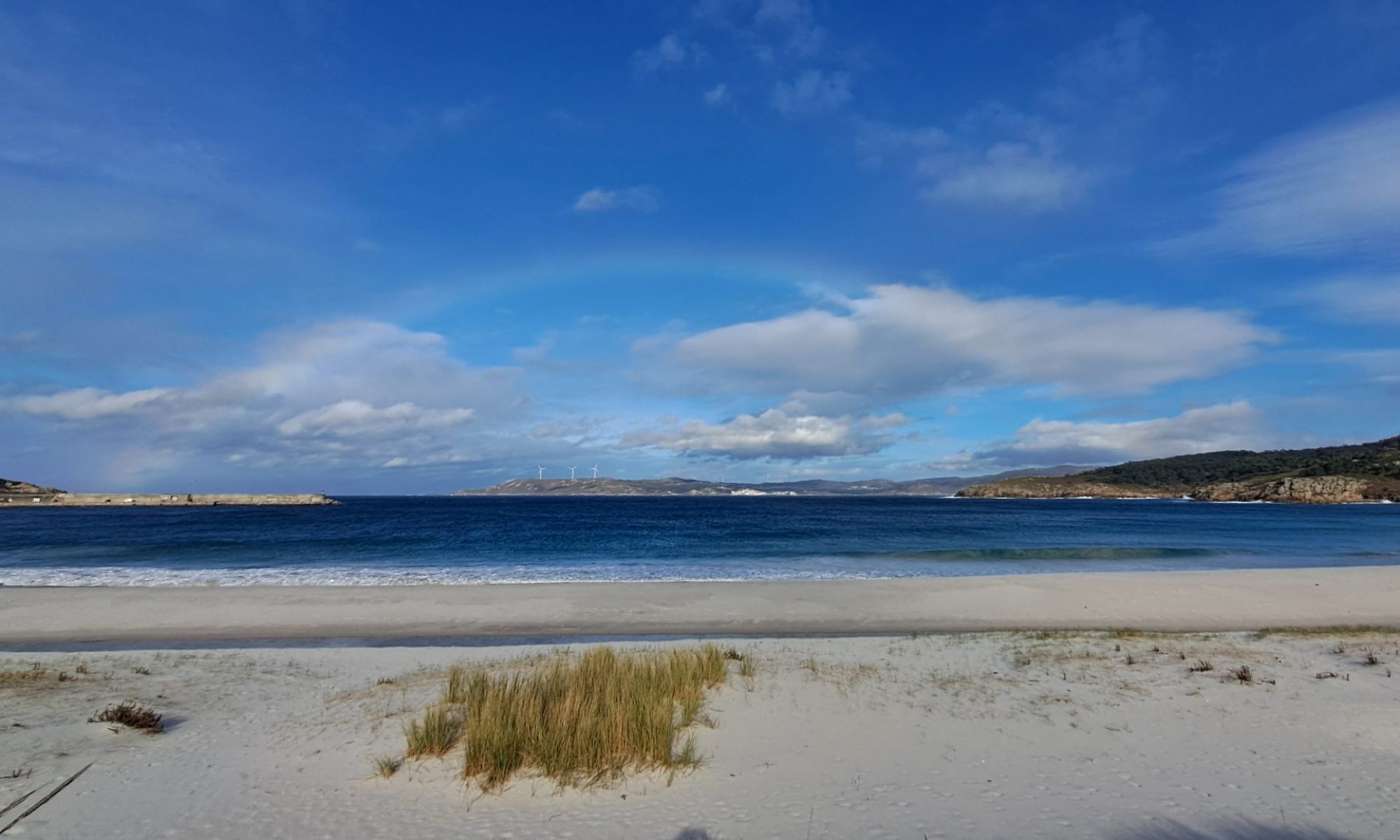I observed two days of Three Star White water kayak training and assessment with coach and assessor Bruce Jolliffe. This was part of a poorly advertised SCA scheme to give subsidised training to club coaches. (The events were mentioned in several places but their dates and locations were hidden away in a tricky to find part of the SCA’s coaching calendar.) I observed it in the hope of becoming a three star assessor and picking up coaching and paddling tips. We went on the Grade 1 occationally 2 River Teith on Saturday and the Grade 2 River Stanley.
We started on the flat with a breathing exercise to help us get good posture. Then some forward paddling commenting on the elements of good forward paddling. We moved onto backwards paddling looking at the difference in where our paddles entered and exited the water compared to forward paddling. The point was made that backwards paddling is a good warm up as it makes use of shoulder muscles not used by forward paddling. The exercise was given of paddling backwards in a circle and the students were allowed to practice that a bit and work out how to do it reliably. There was then the assessment of paddling backwards in a figure of 8, we had three students and two of them were the bhoys to paddle around.
We then paddled a bit downstream, this gives some time for the students to reflect on what they have just done.
At the first rapid we looked at break ins. The students were allowed some time to play then given individual questions to find an answer to “what speed should you go at for a break in?”, “what angle to go at?” “where do you leave one body of water and enter another?”. We had some discussion from that.
I was given the exercise of working out how many strokes it took to do a ferry glide. I did 12 paddling all the way across and 4 with a stern rudder. I was given the feedback to have my arms within a box position of my body (so the paddle is not so far behind me) and use more body rotation which would get more power transfer.
We covered river signals, we were advised against using paddles because they are easily mistaken for just moving paddles around (I fully agree with this). We were advised to acknowledge river signals by making the same one back to the signaller. We did some eddy hopping to show the beginnings of river leadership. He also lead us down a section with his position on the river being far to the outside of the turn, this was for leadership to be able to see around the corner, if being led in such a situation it isn’t always necessary to follow the same river course.
After lunch we did some throwbag practice on land. Starting by just throwing the bag without rope, then throwing the rope into a circle target. We did some re-throws too by collecting the rope into loops in our palms and throwing those, this is less reliable than a clean throw.
Back on the water we did braces. Bruce’s braces were very dynamic with a lot of body movement and the paddle skulling over the surface of the water. He finished with his nose on the front of his deck, as if coming up from a roll. This will take some getting used to. The point was made that high braces are likely to rip your arm out of your shoulder socket.
Rotation was also a key element of the draw stroke ont the move (and hanging draw). To achieve it you need to straighten the leg on the side you are rotating towards.
Similarly for an eskimo rescue there was a lot of rotation and nose being kept to the deck. We also practices eskimo rescues with a paddle (rather than with a boat’s bow). If the rescuer grabs you by the hand wait for them to put your hand on the paddle before rolling up. In practice eskimo rescues with a paddle are very rarely done. Then we did the eskimo rescues on moving water to test it at a 3 star level.
Throwing a throwline to a capsized swimmer was combined with deep water rescues. For my deep water rescue I put a boat on my arm to empty the water and then over the bow of my boat. He turned the boat over and continued to turn it back upside down onto the bow of his boat. He said this reduced lifting weight. (I’m yet to try it, I don’t think my technique has much lifting, and I’m sure I remember Dave Rossiter showing it to me for my FS&RT even though Jason insists Dave has long since changed his technique.)
We did a recipricol teching practice of draw on the move where students were infront of each other and used draw stroke on move as part of overtaking each other.
We did towing with slings and contact towes. He advised us to keep the sling untied because it could be a snag hazard (I’m not convinced by this, it’s not a snag hazard in my pocket).
He did an exercise where the students had to work out how to turn a boat in a circle with only one blade. Then they had to move the boat forward with the same stroke and work out what the difference was. (The answer is edge and where pressure on the stroke.)
Then we had some fun at Thistlebrig, the assessor got out first and wrote his de-brief notes then chatted to each person who all passed.
